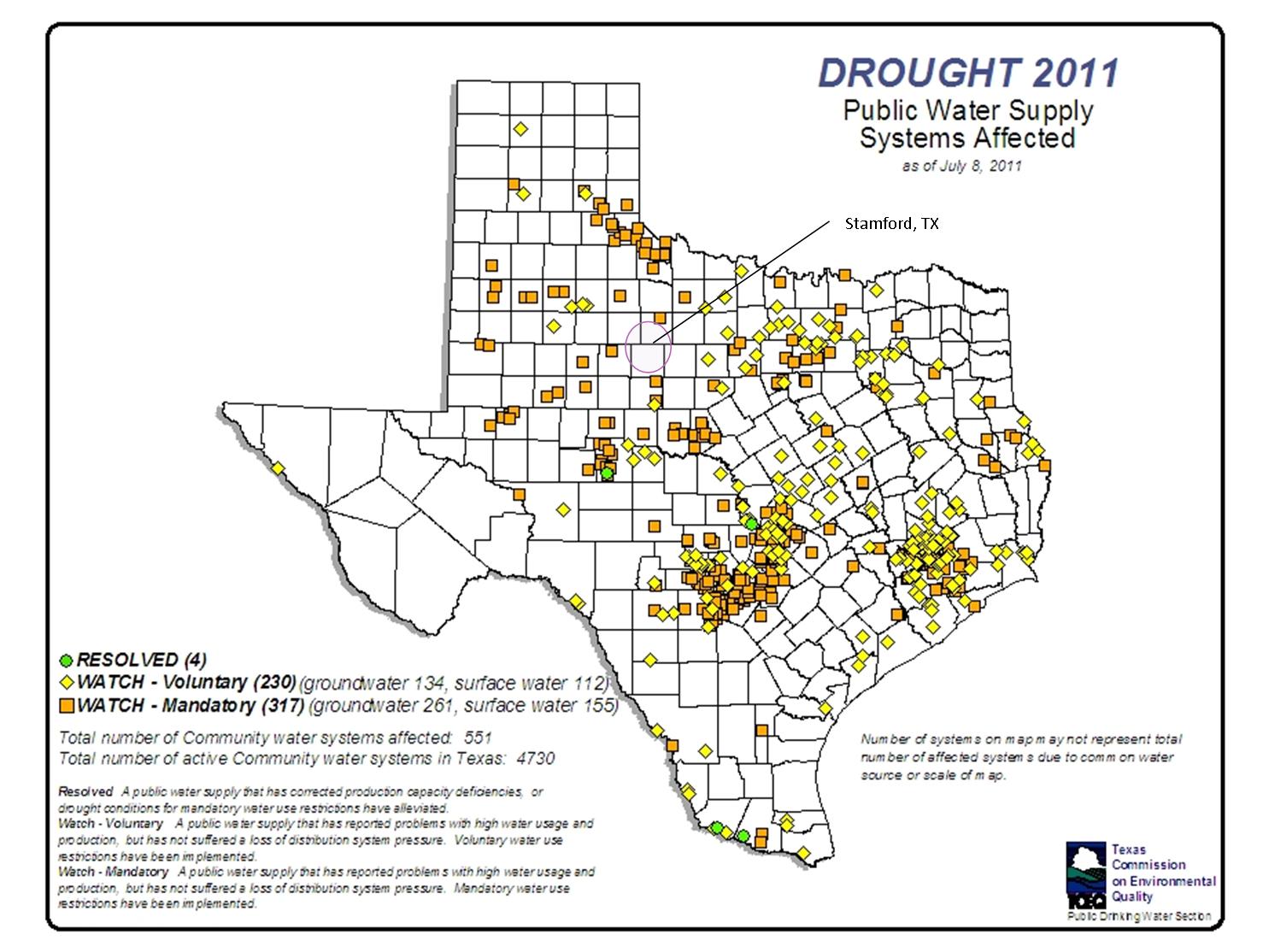Today, the US Appeals Court in Washington, DC struck down an important pollution rule that would have protected up to 240 million Americans who live downwind from power plants that dump life-threatening pollution into our air like dangerous smog and soot.
The divided ruling to block the Cross State Air Pollution Standard is a setback for EPA’s efforts to protect the public health by implementing clean air standards.
EPA should appeal this decision. The Clean Air Act clearly provides the EPA authority to address this dangerous pollution. A higher court would likely overturn this dangerous decision that puts lives at risk.
EPA estimates that the Cross State Air Pollution Standard would have saved thousands of lives, improved air quality for more than 75 percent of Americans in 2014 alone, and provided vital clean air protections for millions of Americans across the Eastern United States, including:
- Preventing states from allowing dangerous pollutants which are linked to heart and respiratory illnesses, to enter downwind states.
- Saving up to 34,000 lives each year
- Preventing 15,000 heart attacks each year
- Preventing 400,000 asthma attacks each year
- Providing $120 billion to $280 billion in health benefits for the nation each year
“Pollution from power plants is killing Texans and our climate,” said Tom “Smitty” Smith, the director of the Texas office of Public Citizen. “This decision doesn’t mean that we don’t need to reduce power plant pollution and take action promptly. In the end, failure to act will mean higher medical costs and continued reliance on out of state coal.”
The Cross State Air Pollution Rule (CSAPR) was designed to address smog pollution. The federal court sent the rule back to the agency for revision and in the interim, told the EPA to administer its existing Clean Air Interstate Rule. Oddly enough, the 2005 Clean Air Interstate Rule was ruled unlawful in 2008 by the same court that just overturned the new rule.
“Today’s decision only delays for a year at most a new transport rule. Smart utilities will use the temporary delay to develop plans to transition to renewables,” Smith continued. “The days of dirty coal are numbered and today’s ruling does nothing to change that fact.”
More about the Cross State Air Pollution Standard
The Cross-State Air Pollution Standard reduces the sulfur dioxide and oxides of nitrogen pollution emitted from coal-fired power plants across 28 eastern states. That pollution drifts across the borders of those states, contributing to dangerous — and sometimes lethal — levels of particulate (soot) and smog pollution in downwind states.
EPA issued the standard under the “Good Neighbor” protections of the Clean Air Act, which ensure that the emissions from one state’s power plants do not cause harmful pollution levels in neighboring states. While no one is immune to these impacts, children and the elderly are especially vulnerable. The Cross-State Air Pollution Standard would have provided healthier air for 240 million Americans in downwind states.
Nine states (Connecticut, Delaware, Illinois, Massachusetts, Maryland, New York, North Carolina, Rhode Island, Vermont), five major cities (District of Columbia, Baltimore, Bridgeport, Chicago, New York and Philadelphia), the American Lung Association, the Clean Air Council, Environmental Defense Fund (EDF), NRDC, Sierra Club, and major power companies (Calpine, Exelon and Public Service Enterprise Group) have all intervened in support of these vital clean air protections.
The litigation was brought by power companies, including AEP, Southern, DTE, GenOn, and Luminant. The state of Texas, the National Mining Association and the International Brotherhood of Electrical Workers supported their effort in parallel cases.




 The
The 


